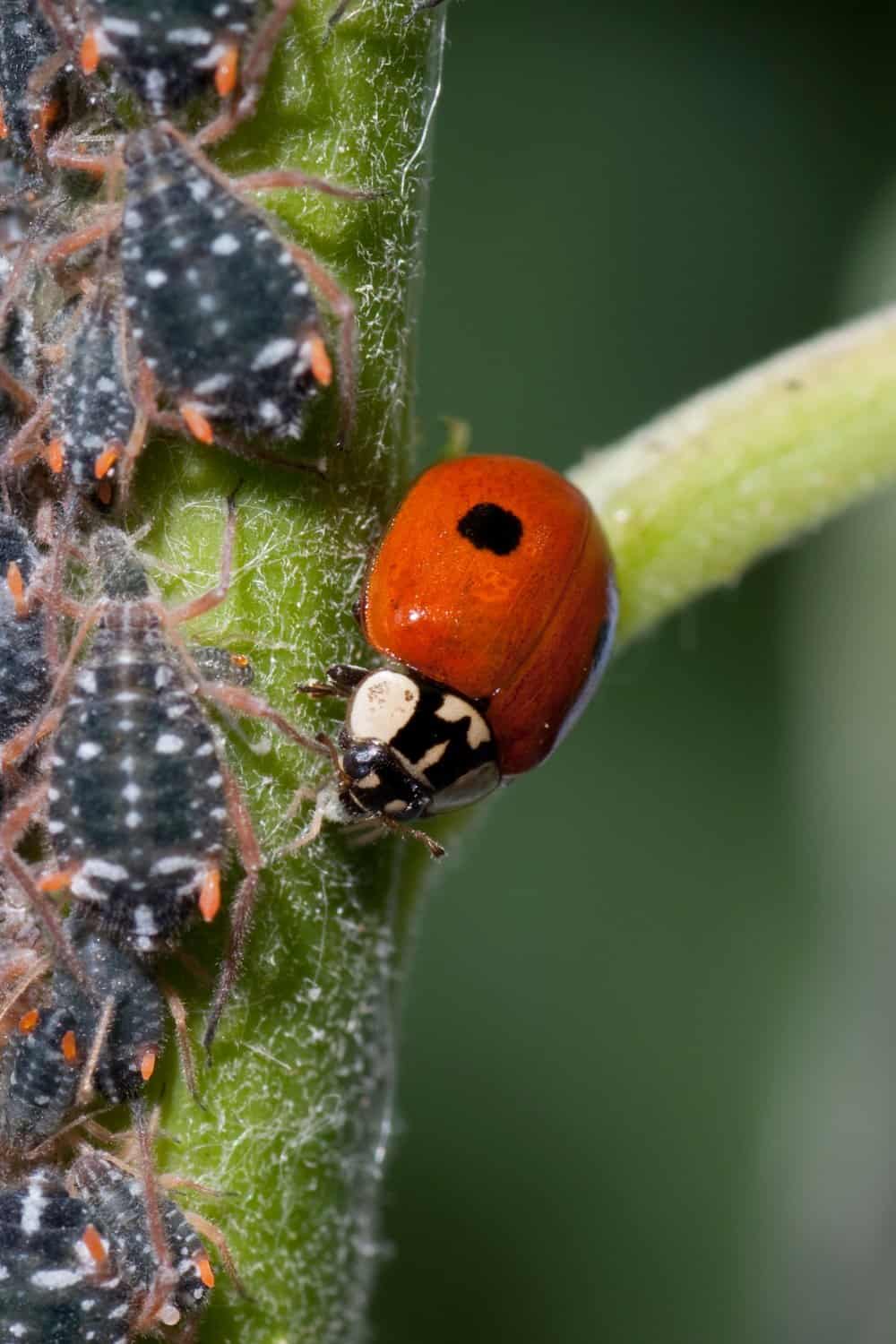Composting is one of the easiest and simplest ways we can make an impact on the environment. Learning how to compost is just as easy as well. Easily learn everything you need to get composting quickly and easily.
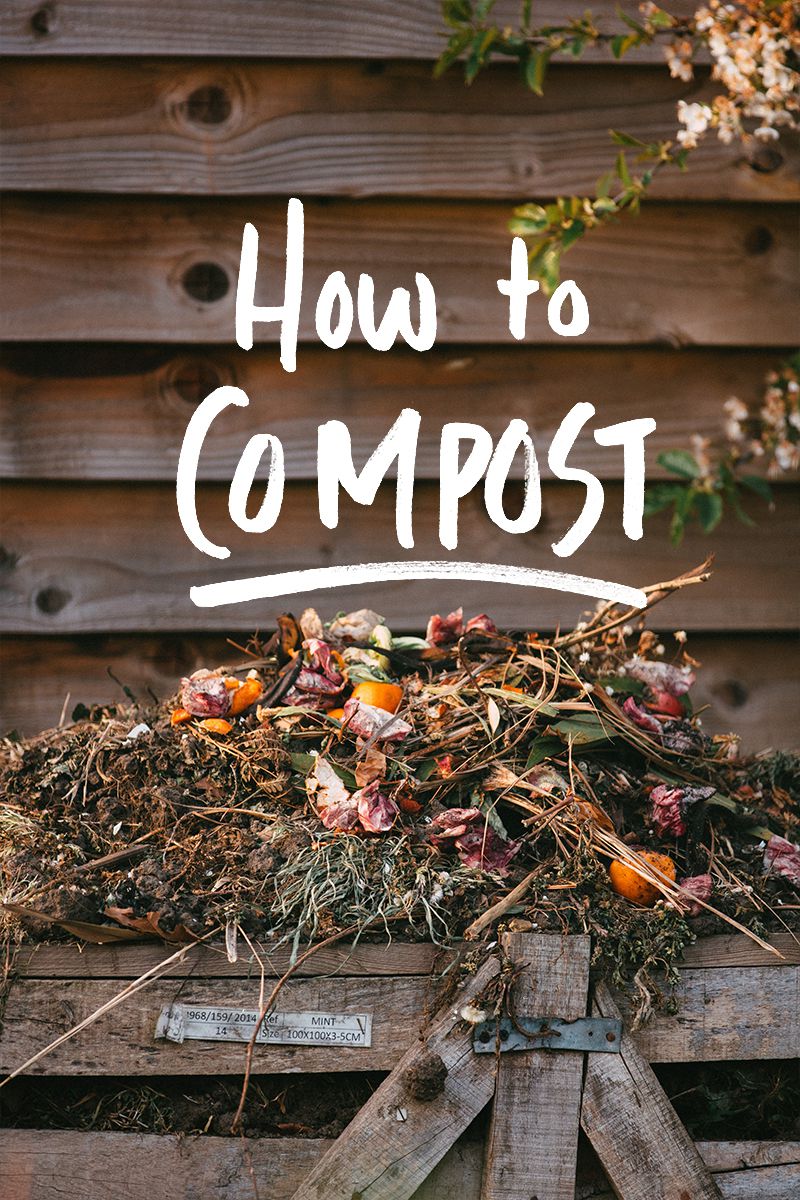
It took time to really get the hang of composting but when you do it is very easy. The idea is simple. You want to use a naturally occurring system in nature to process our waste so we can then use the compost in our gardens and beyond. Compost is truly nature’s gift.
In this post, I share everything I have learned to successfully compost and make an environmental impact right at home. Not only will you learn why composting is so important, but you also learn about different ways to do it too!
What is Compost?
Compost is decomposed plant or organic matter that usually includes plant yard waste, plant-based kitchen scraps, and natural packing materials like cardboard and kraft paper. Commonly referred to by gardeners, farmers, and landscapers as “black gold”, compost is nutrient-dense as a fertilizer.
Since all organic matter decomposes in some way, composting simply speeds up the process by combining the right ingredients together of fungi, bacteria, and other wonderful organisms like worms, nematodes, and sowbugs. Using a compost system no matter the size of your yard or garden you have helps to eliminate waste such as leaves, dead, and leftover plants, and even keep your plant-based kitchen scraps out of your trash system.
Composting is particularly important in gardening because it offers an option to reuse the waste from the garden to rebuild the soil. In fact when compost is added to sandy soils not only does it increase the nutrient value of the soil, but it also allows for better water retention. If you add compost to clay or heavy soil, it allows it to be more easily worked and plants such as root veggies to drive down strong root systems. No matter your soil though, compost adds healthy nutrients to the microbiome of the soil to ensure your plants are healthy and strong.
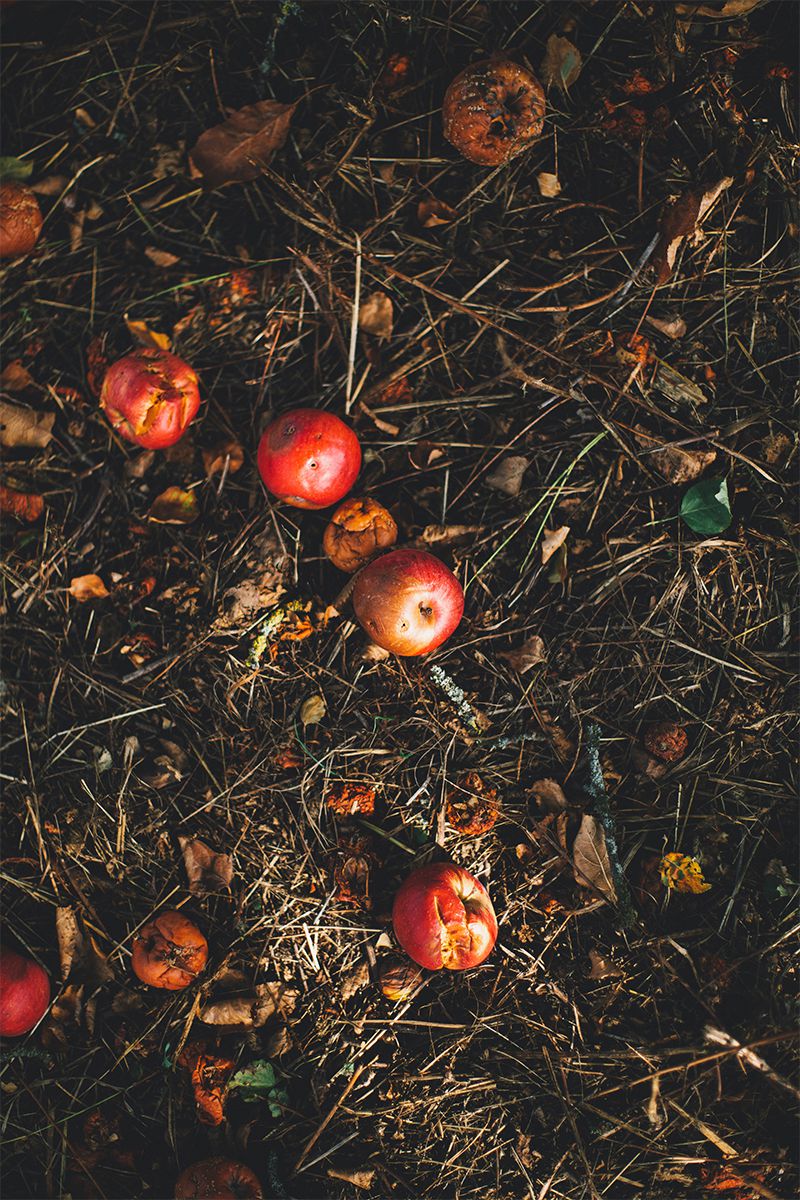
Why Compost In The First Place?
Lower Waste
No matter how you eliminate waste in your home, garden, or yard it has an effort involved with it. When we compost though we lessen how much waste we put out. In fact, nearly 30% of the waste we eliminate as humans can be composted. This means that most of what we are getting rid of can be feeding our lawns, gardens, and even indoor plants.
The main thing to know about waste is not only is our waste a huge burden on our environment, but it costs a lot of our money to do it as well. Instead, we can take all that waste and put it into something far more productive and less cost heavy but environmentally and financially.
We also are aware now that most of our recycling heads to landfills as well so composting gives us one more option to remove the waste from a landfill even if it is recyclable. All the cardboard and paper packing materials make amazing carbon to counter the nitrogen in your compost pile. So there is even less to be adding into the mix of the over 146,000,000 tons that went to landfills alone in 2018.
Cut Methane Emissions
Not only does wasting our food scraps alone mean we wasted energy from the growing and transportation side, but order to process food waste in a landfill adds a whole new level to the environmental harm that you may not be aware of. When food is decomposed in a landfill it releases methane gas into the air and according to the EPA, landfills are the third-largest producer of methane. Most of that coming from food waste as it decomposes.
By composting our food waste in various ways depending on your living situation, you can join thousands in offsetting your carbon footprint simply by turning your food scraps into the very fertilizing needs your garden and plants or even your lawn needs in order to thrive.
Improves Soil Health
In farming and gardening, in order to keep soil from dying and drying out, it has to be rebuilt in between planting cycles. When industrial agriculture became popular, we stopped using the natural means of this which is composting and managed grazing practices. Instead, we use Chemical fertilizers and synthetic fertilizers to “design” our soil. The thing is this isn’t working. We are seeing our soil degrade and it is because compost itself holds every single nutrient our soil needs in order to regenerate. We have all the things at our fingertips to do it (for free almost). So we can use these instead of chemicals to naturally and completely rebuild our soil. Making our soil healthier and able to store carbon far better.
Conserve Water
Simply put, healthy soil with all of its nutrients is much like a healthy body; it functions well, absorbs nutrients properly, and is able to perform. When we deplete or try to fake the needs it has, it will struggle and underperform. That said, unhealthy soil cannot retain water. The more we plant in soil and the less we do to rebuild it, the less ability it can hold water properly. Thus, composting regularly in our gardens is a simple way to lower the water our gardens will need.
Save Money
If you have ever purchased compost you know it isn’t cheap. When we make our own not only do we save money, but we also are using a process of regeneration. We no longer also need to use environmentally harmful things such as peat moss. Using compost mixed with topsoil as your seed starting mix or even to fertilize your garden is all you need to retain moisture and nutrients for a successful garden. It may take time, but it is well worth it to save money and lower your impact on the environment.

Types of Composting
Aerobic Composting
This is the most common style of composting in the garden. More or less you add a mix of carbon and nitrogen along with plenty of air and water as one beautiful science project. This is where tumblers can be helpful in lowering your work to turn the piles. An aerobic composting system will or should not have any scent. If it does it may need turning, more water, or a better mix of carbon and nitrogen. This can be done with a tumbler or a bin/pile system. This is also known as hot composting as well.
Anaerobic Composting
As you would expect anaerobic composting is the opposite and these piles can be a little more volatile in scent, combustion, and even in how they affect the environment. They take far longer to process too. Some people use this method or dig a hole and drop things in it as a composting method. If it is supervised well it can work, but it is not an ideal method.
Vermicomposting
This is a great option for small spaces or those in cold climates where they may not have enough heat throughout the year to manage a hot compost pile well. Vermiculture uses air, water, and worms to break down organic matter with simply an earthy odor. It is incredibly simple to do. You can do it inside your home in a basement space using a worm farm. Kids love doing the process and it is easy to collect the compost to use. In some setups, you can also receive and gather compost tea, which is a nutrient-rich liquid that will feed your indoor plants really well in particular.
What To Compost
For successful compost no matter how you choose to compost you still need two main ingredients: Nitrogen and Carbon. These two things can be labeled in the simplest terms as Green and Brown matter. In composting we need both in equal parts. So here is a list of some of the main things that are considered Green (Nitrogen) and Brown (Carbon) for you to add outside of water and air to your compost system.
Green (Nitrogen) Matter Items:
- Fruit scraps and rinds or peels
- Vegetable scraps of all kinds
- Coffee grounds
- Eggshells
- Grass clippings
- Garden Waste (exclude plants that had mildew, disease, or hold pests such as Squash Bugs)
- Bread or wheat products without egg or dairy
Brown (Carbon) Matter Items:
- Cardboard with plant-based ink and no shiny printing
- Kraft paper with natural inks / Paper Grocery Bags
- Any organic packaging material
- Dead leaves
- Sawdust (untreated wood)
- Chopped twigs or sticks
- Shredded Newspaper
- Straw or Hay
Things to Avoid Adding to the Compost:
- Meat
- Dairy products
- Cat/Dog Waste (chicken waste is fine if eating a vegetarian diet)
- Weeds that have gone to seed
- Coal Ash
- Black walnut debris
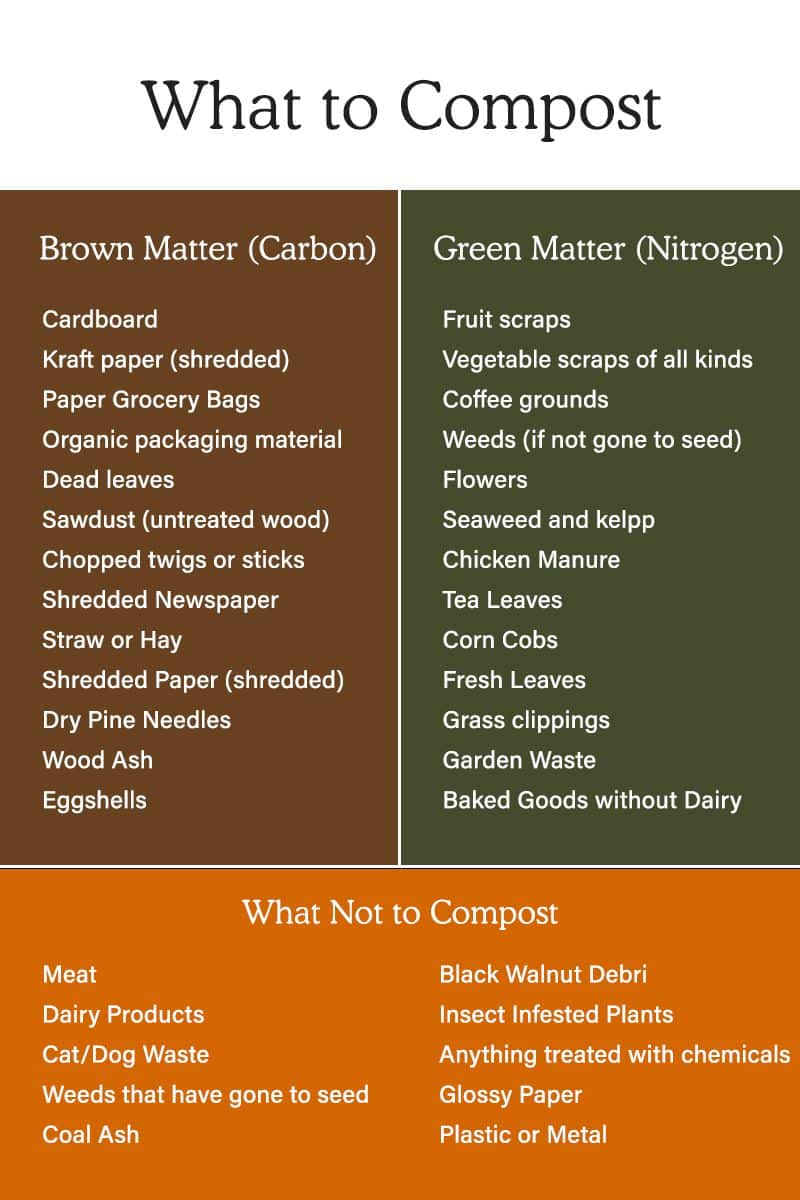
How to Make Hot (Aerobic) Compost
Making hot or aerobic compost is very simple and within 6 months most piles begin to shift and are ready to start being used! If you live in a colder climate it can take longer so be patient. As long as your hot pile isn’t smelling then you are doing things right and the secret ingredient is simply time.
Step 1: Combine Green and Brown Materials:
Start your pile with a nice layer of mulch or straw that is loosened and on the existing ground. Then add an equal mix of green and brown materials on top to get things going.
Step 2: Water Your Pile:
Next water your pile well to get it going! Give it a good drench so it is damp throughout the pile.
Step 3: Stir Up Your Pile:
Now stir it well with a pitchfork to get things going. You can also add some compost starter here too if you really want to get things going.
Step 4: Continue the Process:
Continue on with this process and once your pile is large and/or you feel it is doing well. You can stop adding and just continue to stir and start a new pile.
Step 5: Feed Your Garden:
Once your pile is nearly completely broken down you can begin to spread it in your garden. Place 2-3 inches over your existing soil, no need to till (actually that releases carbon so don’t!). Give it water and let it soak into the soil underneath to feed your plants.
Different Systems for Composting:
Piling:
You can create a large pile for your compost with no container. We did this for the first 2 years at our home and it worked incredibly well.
Composting bins:
You can build DIY Compost Bins and use them to move from one processing pile to another very easily. This is the system that we use for our gardens.
Tumblers:
These systems are great for small gardens and small families or a couple. If you have a larger garden or a large family this will fill up far too quickly. These work really well for small spaces and for small homes.
Vermicomposting:
This can be done in a garage or a basement in a home. They work incredibly well in processing everyday scraps. The compost is extremely strong stuff from a nutrient standpoint.
Subpod:
This is a system which you can dig into the ground and set it in and it will use the worms in the ground to help you process your scraps.
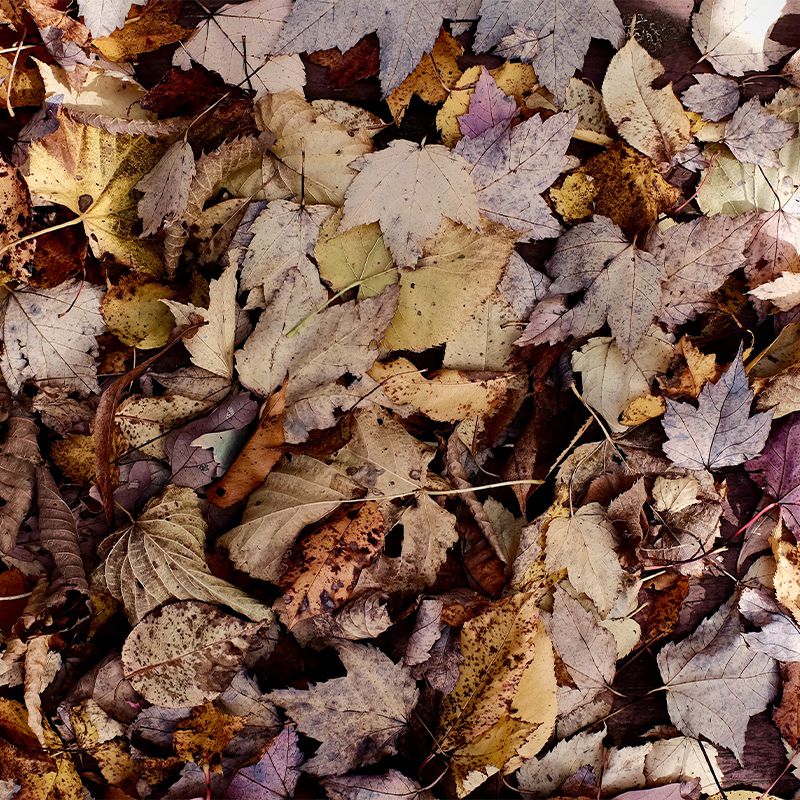
Conclusion
Composting is a simple way that nature provides us to turn organic matter back into useful nutrients for the soil. We see this constantly happening in the forest and land around us so we can use this process as well in our gardens and home to make an impact on healing the environment and saving money every year!
More about composting and soil:



